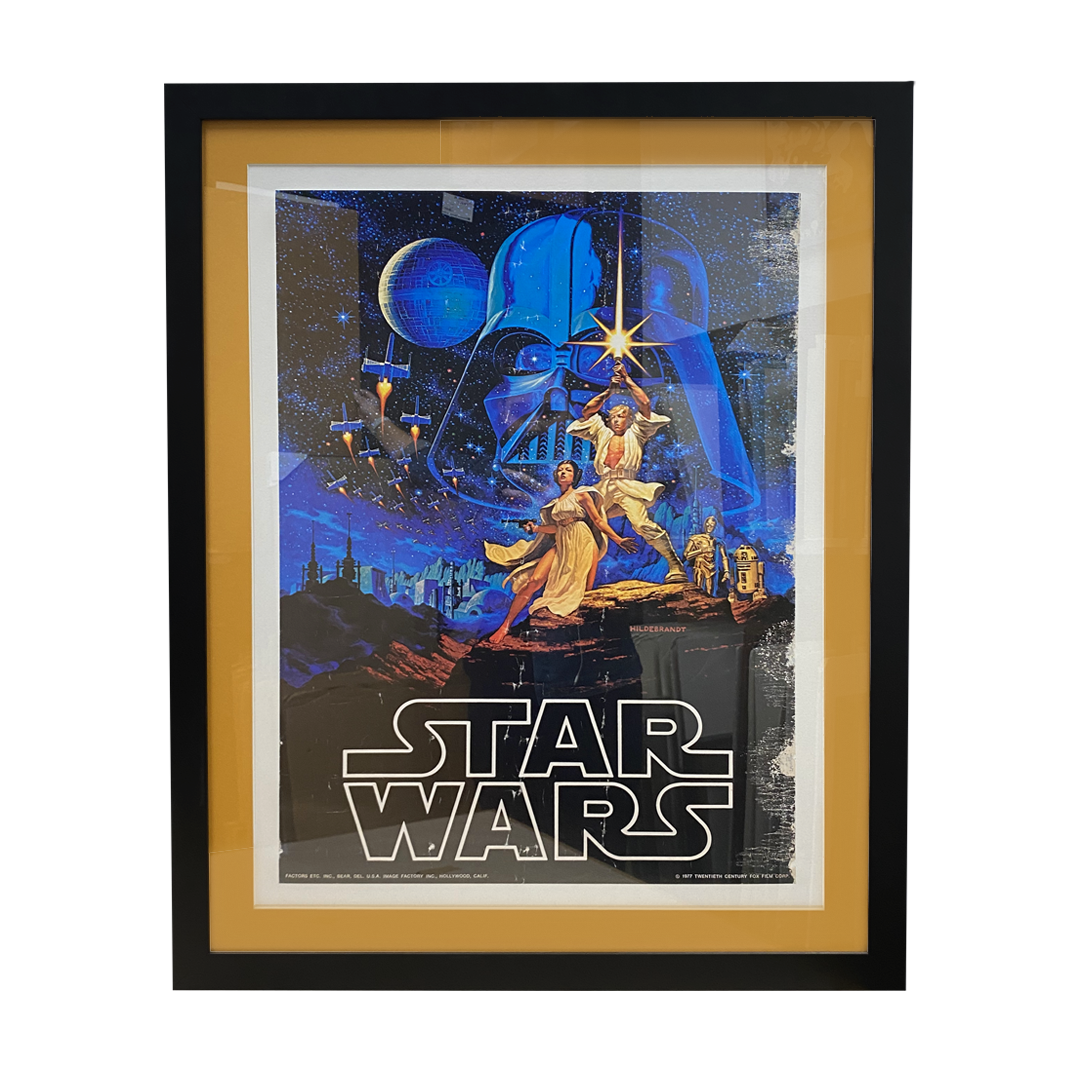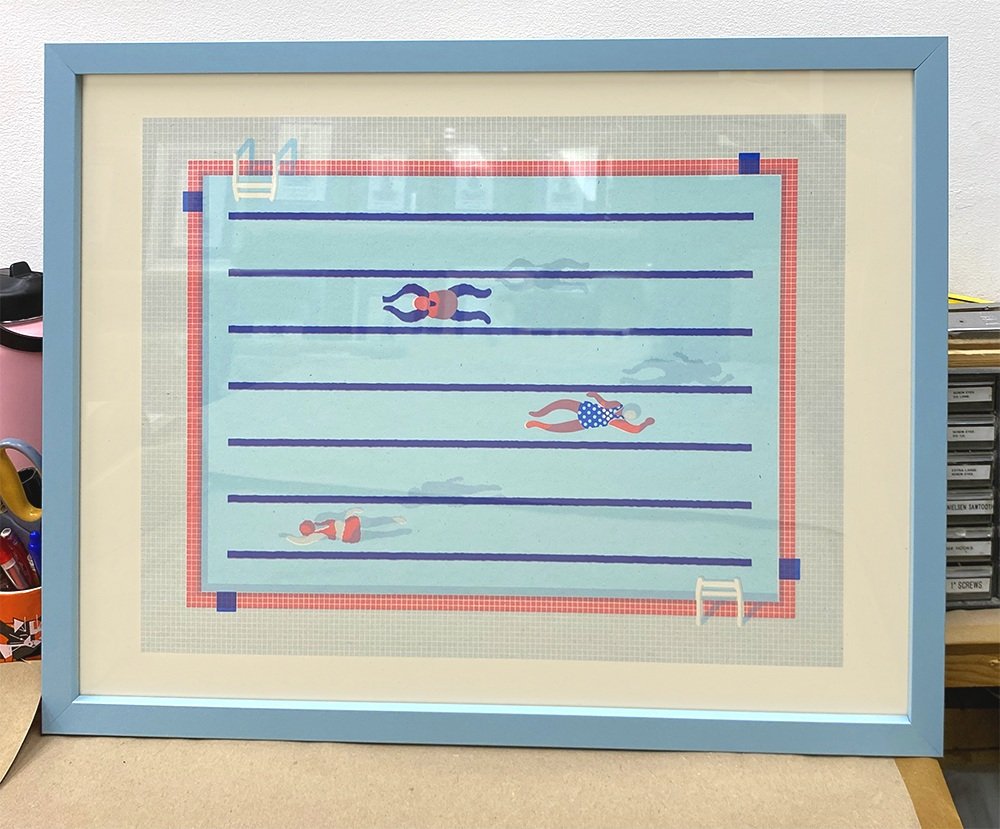Framing 101: Choosing A Frame
A piece to frame? Check. Matting chosen? Check. Frame? Not yet…but that’s okay! This article is here to help give you some more food-for-thought when choosing the frame to match your beautiful piece of art. Just like matting, there’s some definitions that might help with picking the perfect frame. Let’s look at the anatomy of a picture frame:
1. Frame Width: This is how wide the frame’s face is; how much frame you see when you look directly at the piece. This measurement contributes to the overall finished size of your piece.
2. Frame Height: This is how tall a frame is. It contributes to how far the frame will stick out when against the wall.
3. Gesso: This is a hard coating around some wood frames. The gesso allows for detailing and special molded shapes to be applied to the flat wood.
4. Lip: This is how much frame overlaps onto the piece, allowing it to stay inside the frame and not fall through. The lip’s measurement is very minimal!
5. Rabbet Depth: This is how deep of a space the frame has to hold a piece. Sometimes art can be thicker than the rabbet depth, but as long as the piece is not too much larger, it typically isn’t a problem. Usually, the only pieces that exceed the rabbet depth are canvases.
Now that we know more about what makes a frame, let’s think about some design choices!
Traditional vs. Contemporary
What do we mean by “traditional” and “contemporary”? Traditional frames are usually more ornate in design. They have ridges, patterns, etc. that give the frame a larger, more opulent presence. A “contemporary” frame is more sleek and modern. The profile of the frame has a more plain geometric shape to it. Some frames combine the looks. While it might be predominantly simple, it could have a slight bevel or ridge to give it a little more dimension. How detailed you want the frame to be is entirely up to you.
Wood or Metal?
Depending on the piece you are getting framed, a metal or a wood frame might better compliment it. Typically wood frames have more options to choose from and can be more intricate, but metal frames can say a lot through their clean, sleek styles. Usually, more modern pieces work better with metal frames, but it is purely personal preference.
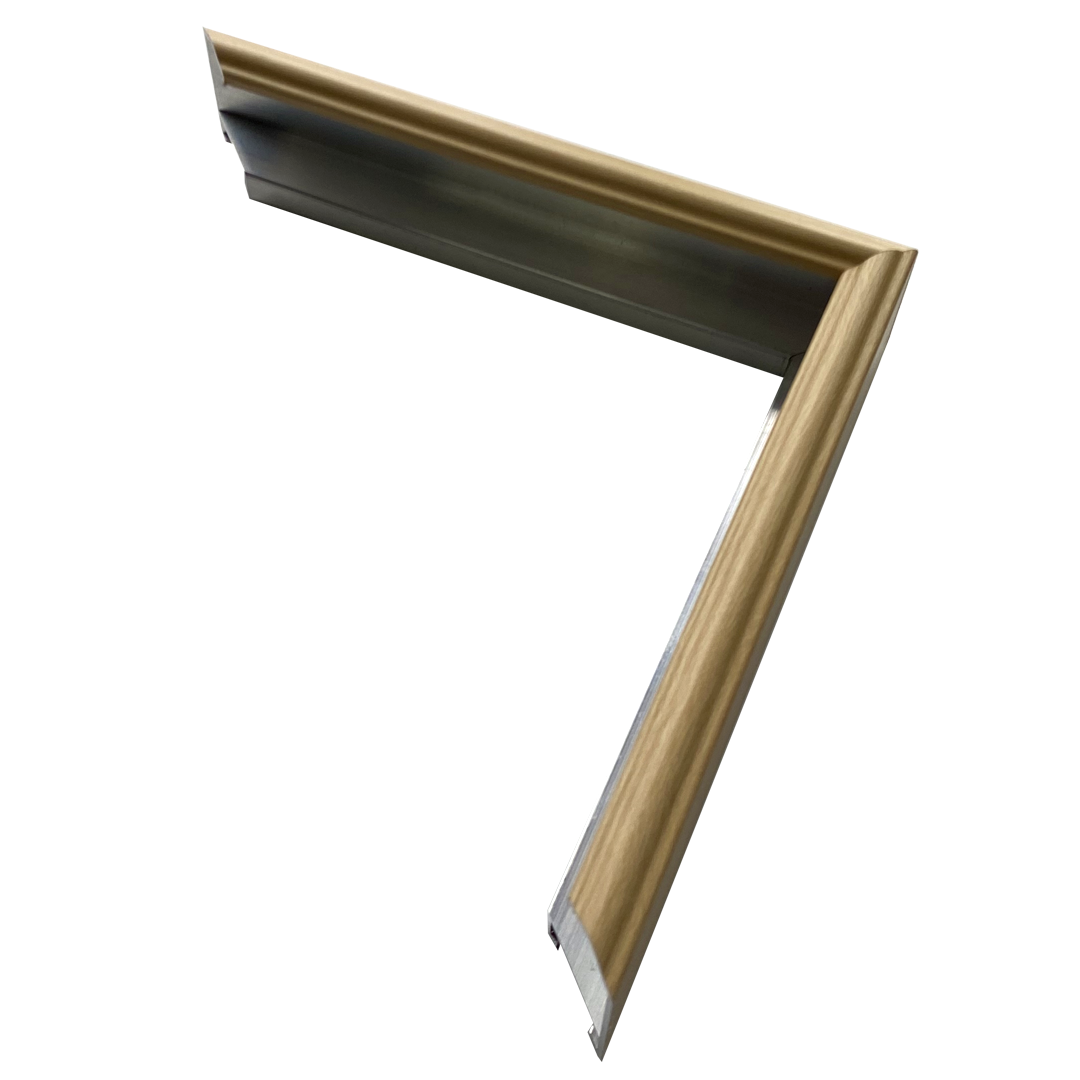
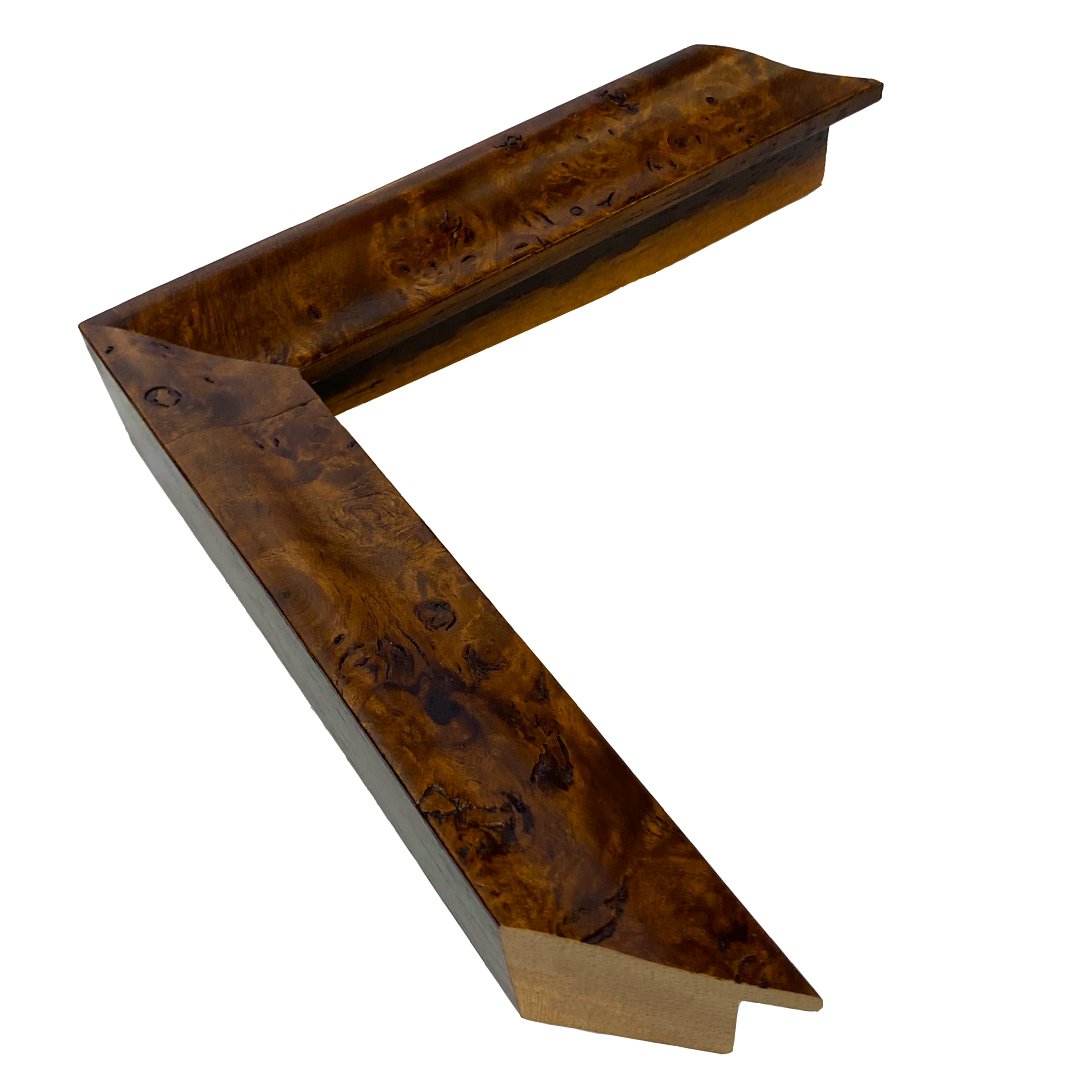
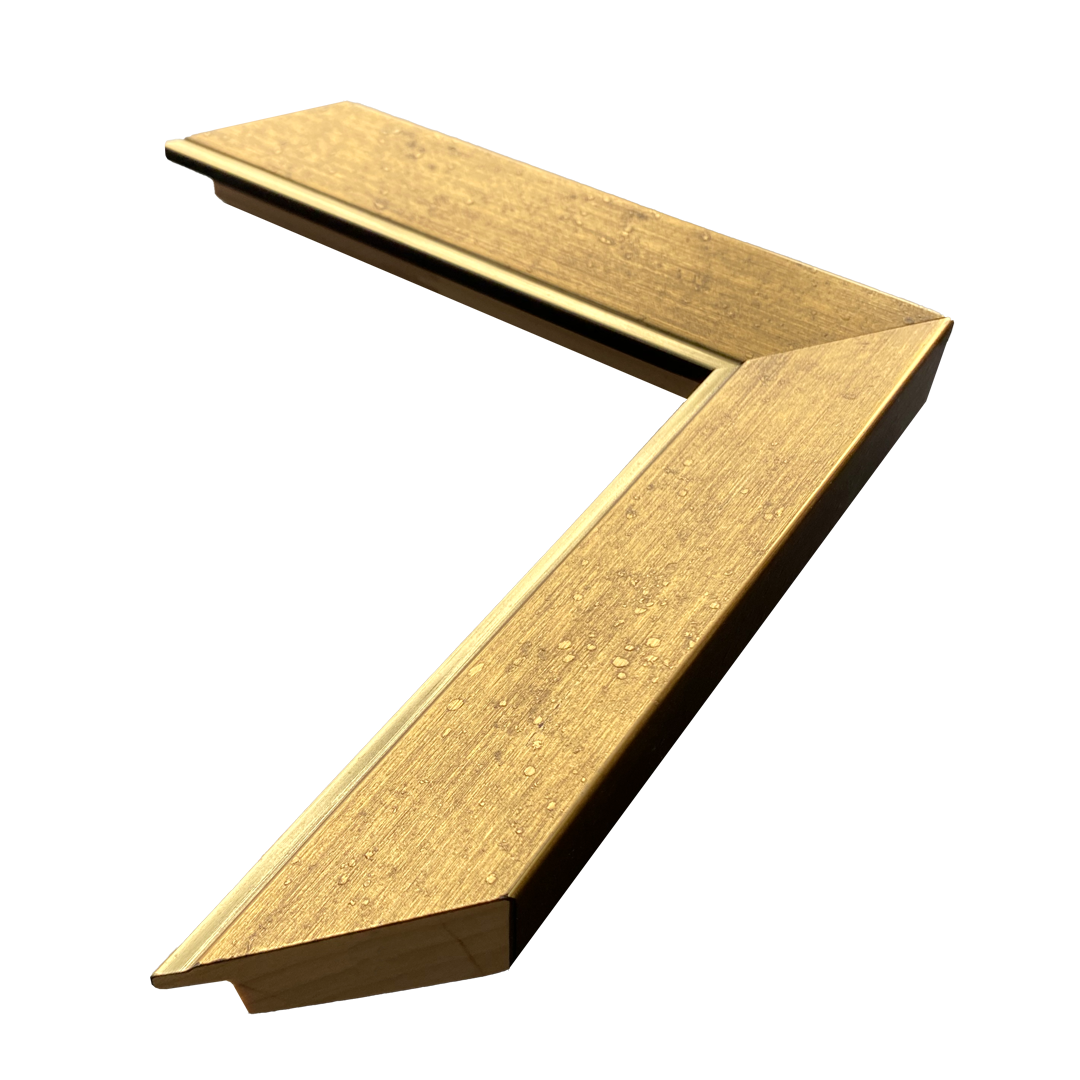
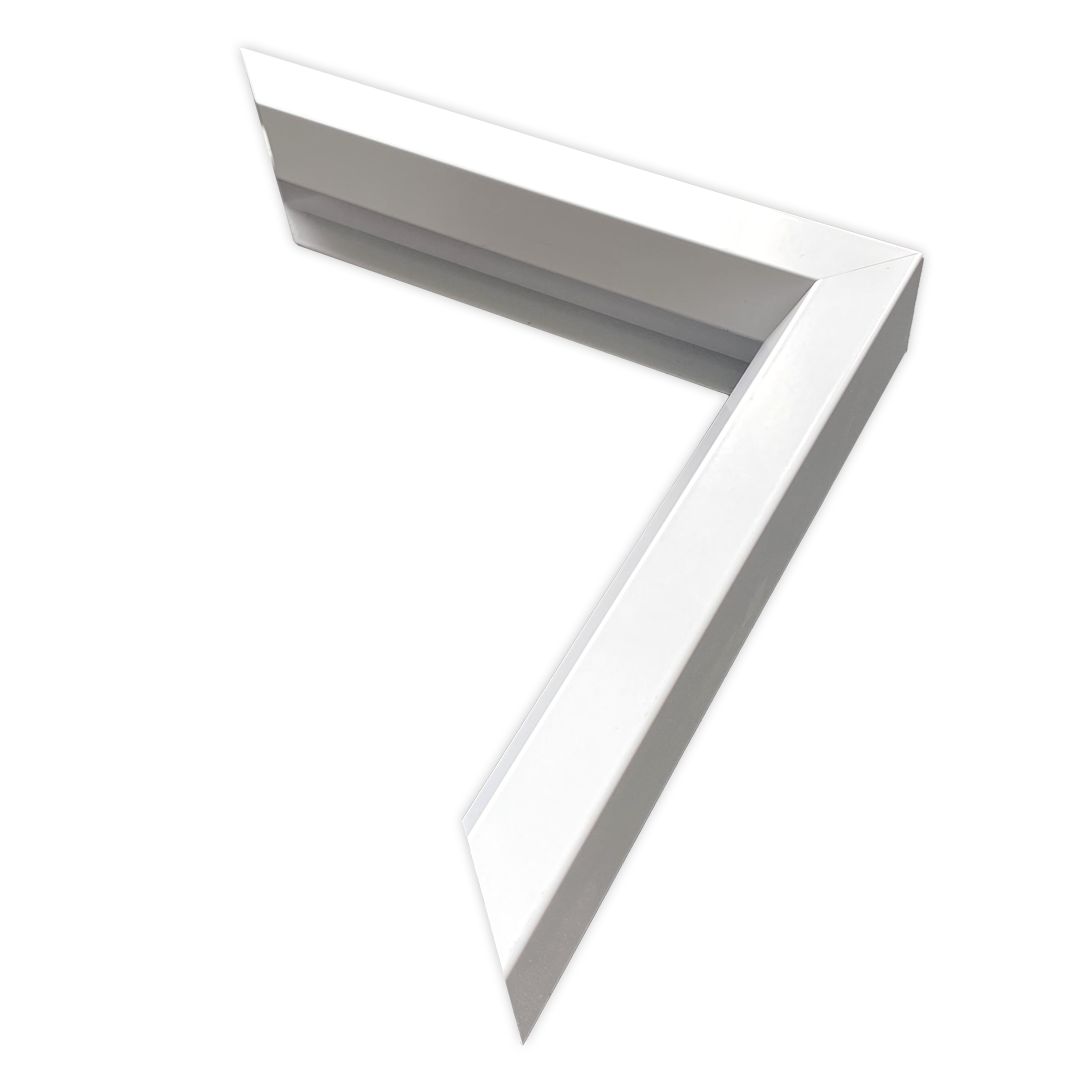
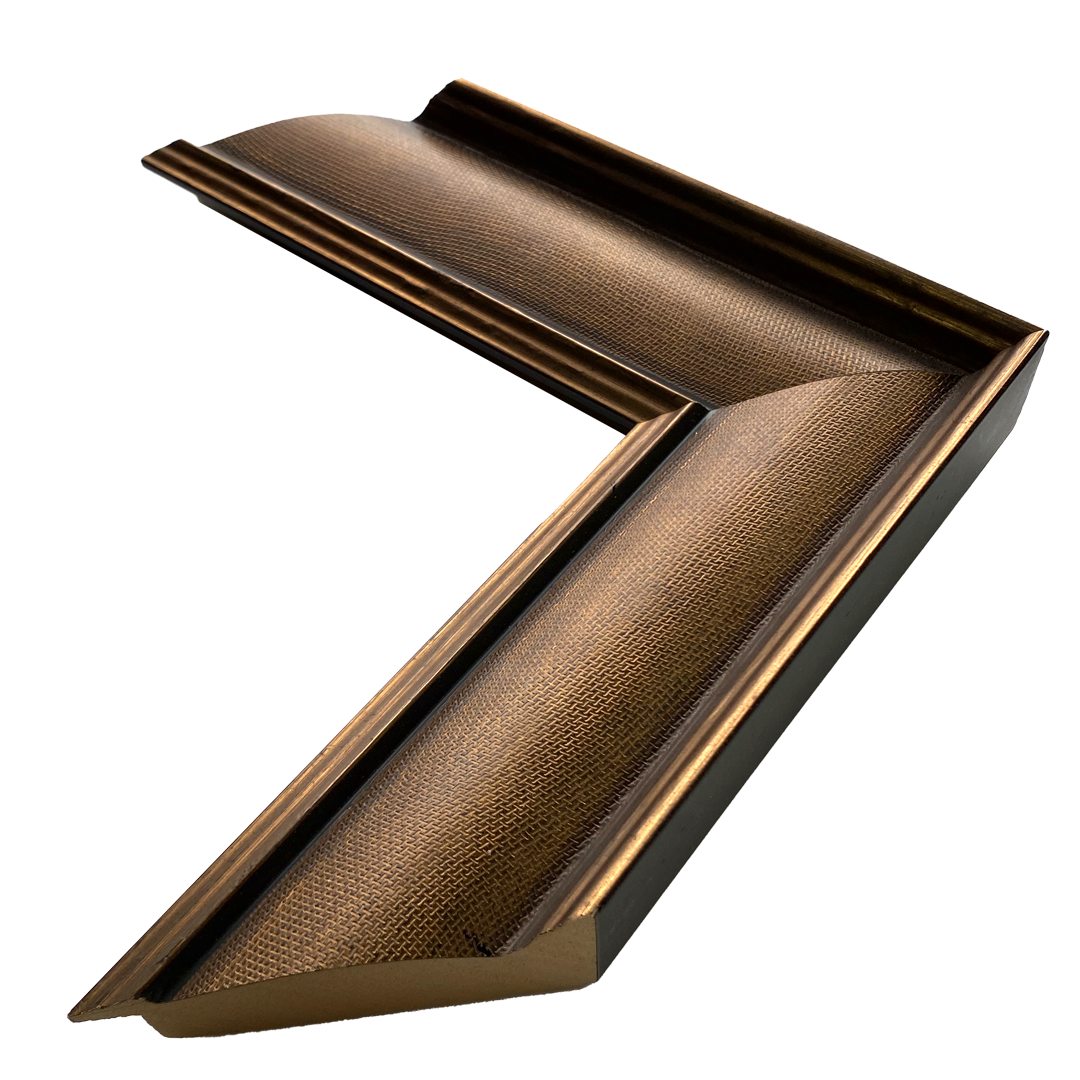
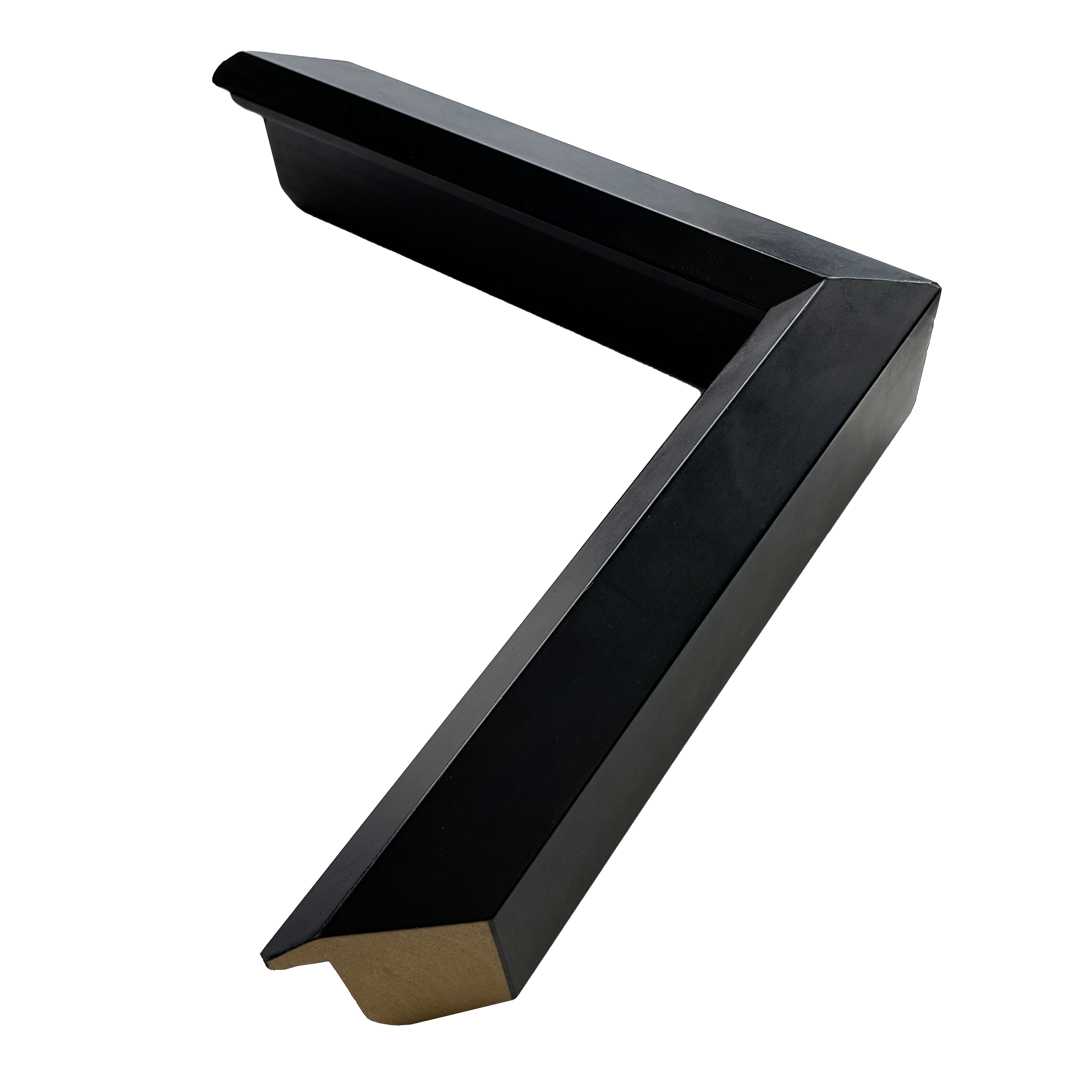
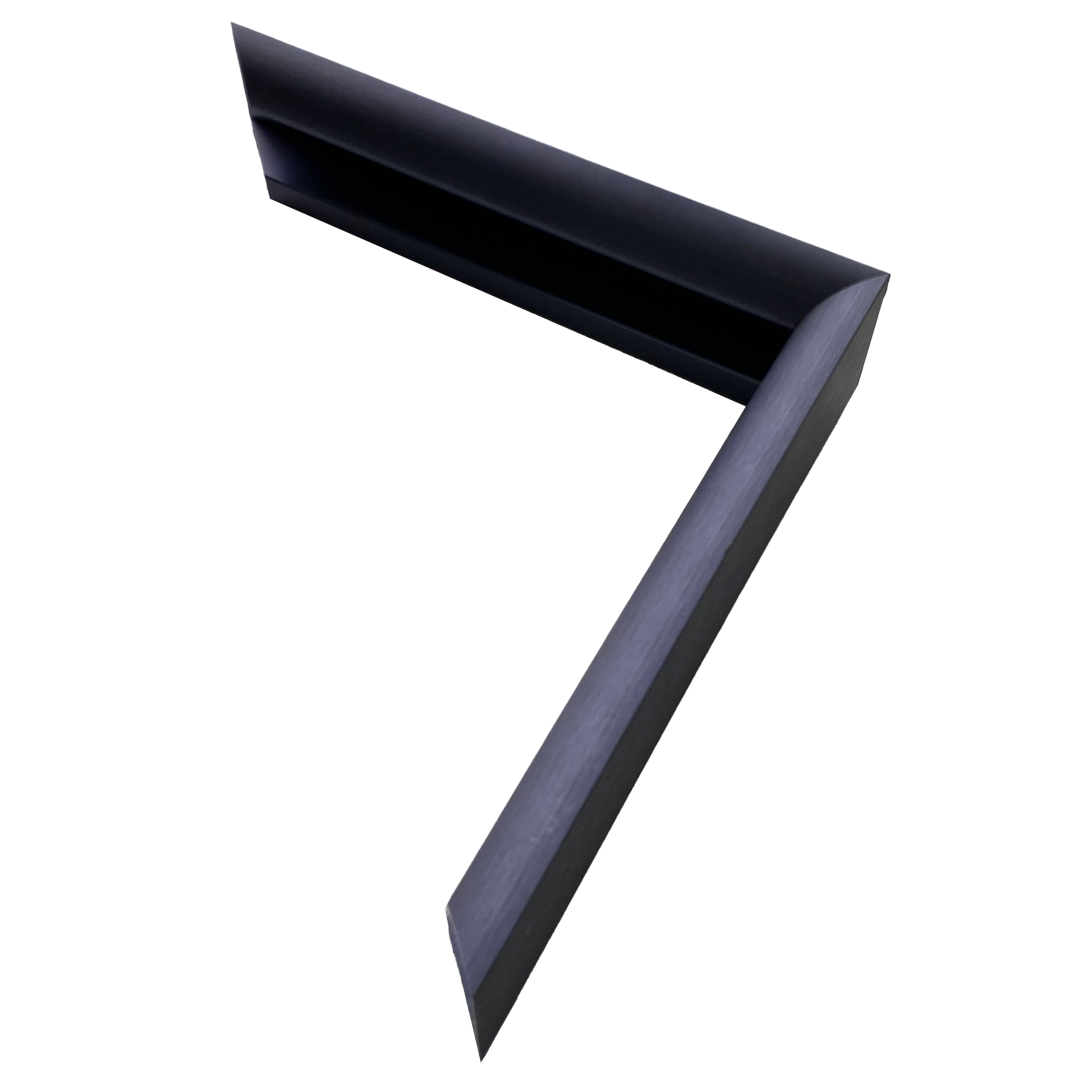

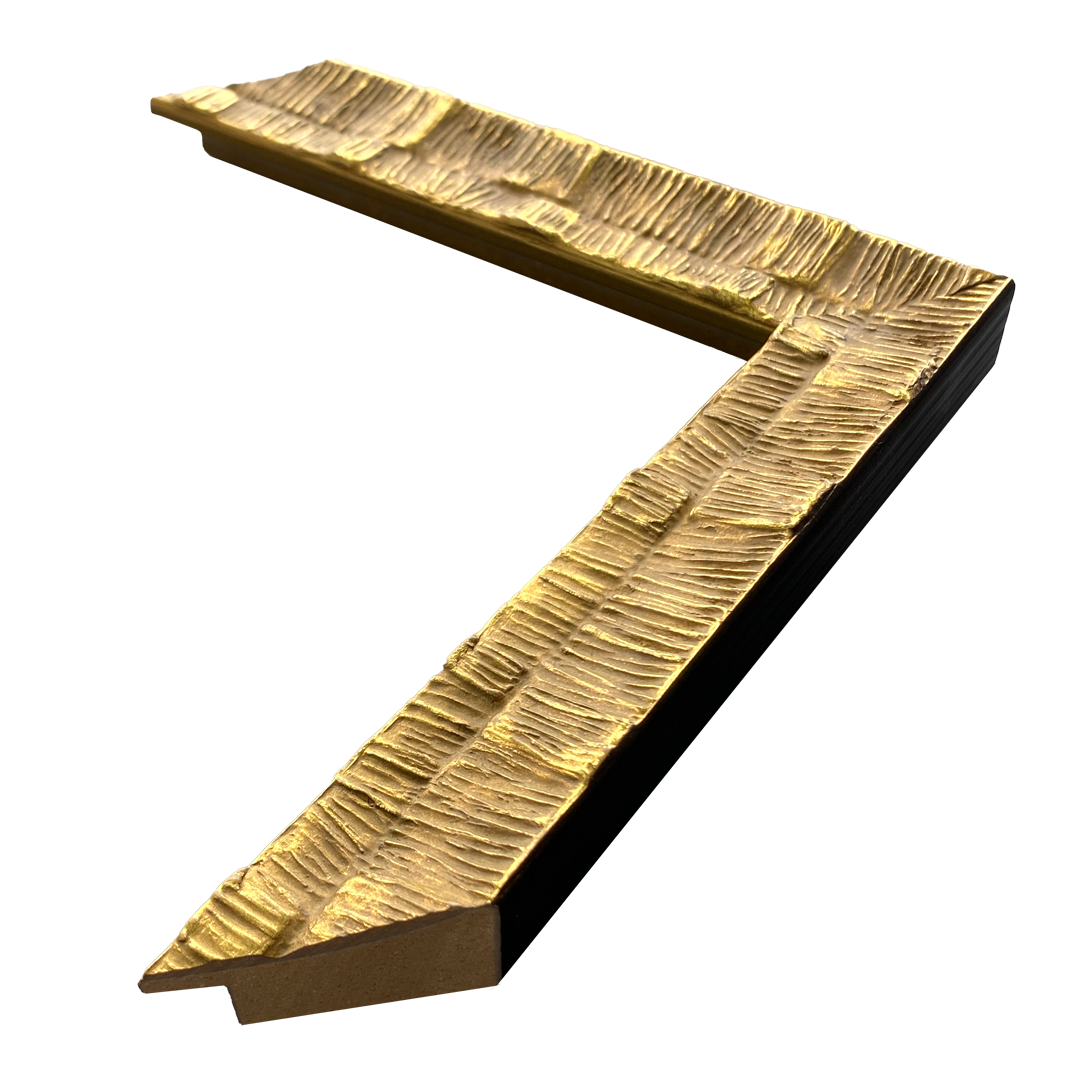
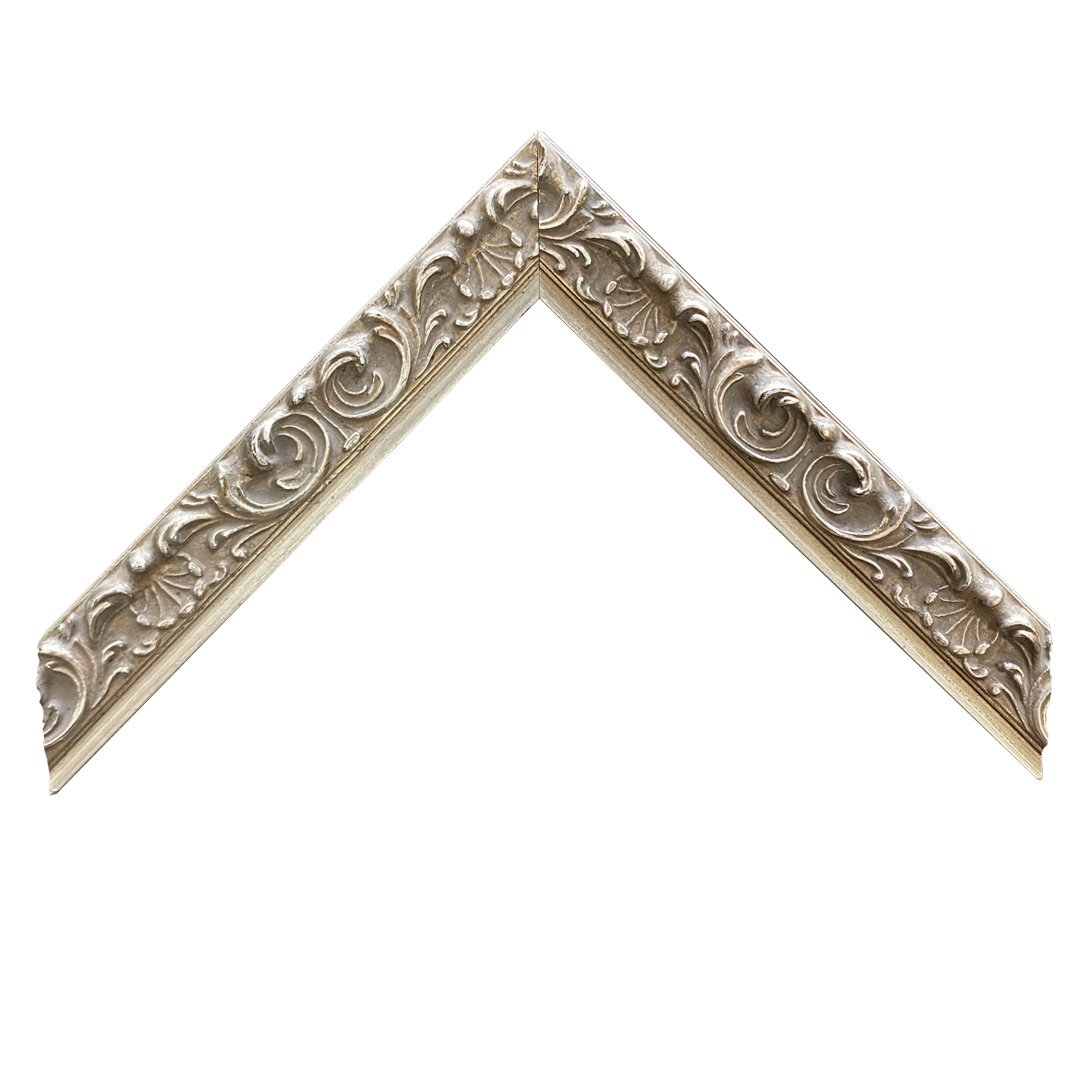
There are numerous styles and colors for both options, so feel free to try them out when you come in for your consultation!
What Color?
There are many ways to go about choosing the frame color: complimenting décor colors, highlighting a color in the piece, etc. Some people like to make sure the frame melds well with the rest of their interior, while others are trying to complement their specific piece.
Some customers prefer to keep the frames of their pieces within a style aesthetic. If their home is largely mid-century modern, they want a more contemporary and minimal look. Or if all of their frames are black frames, then we can stick with just looking at all of the black frames.
The color of the frame can be as bold or as neutral as you like. You might wish to highlight a particular color, therefore picking a frame in that color. Choosing a color that is more subtle in the piece will make that specific color pop more. Conversely, if there is a prominent color in your piece, a frame matching that shade could complement nicely.
Custom framing has a lot of choices to think about and decide on. While that can be extremely intimidating, our Fab Frames designers are here to make it less scary. Our advice is always to go with your gut. The piece is going in your personal space, so we want to make sure you LOVE it.
Next week we will discuss the many different glass/plexi options that we have available for you!




